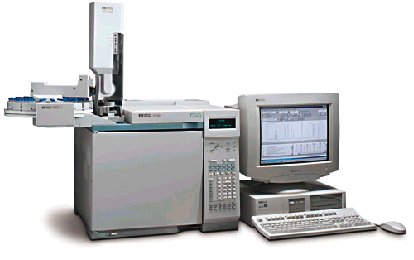Chromatography analysis is used to ascertain the presence and concentration of analytes in a sample. Chromatography describes a set of Laboratory methods and techniques for the separation of mixtures. It involves passing a mixture that dissolved in a mobile phase through a medium called the stationary phase. This divides the analyte to be measured from other components of the mixture and makes it to be dispersed. This technique could be preparatory or analytical in nature. Preparatory chromatography is done in order to separate the components of a mixture for further analysis as well as for cleansing and purification applications. Analytical chromatography is typically performed with smaller amounts of material and is used to gauge the relative proportions of analytes in a mixture.

In chromatography analysis, Chemical materials are introduced into a vertical glass tube containing an adsorbent. The various components of the material move through the adsorbent material at different rates of speed in keeping with their degree of appeal to it. This produces bands of color at different levels of the adsorption column. Analysis techniques by physical Condition of the mobile stage fall into several classes. The gas chromatography is a separation technique in which the mobile phase is a gas. Gas chromatography is always performed in a column, typically packed or capillary. Liquid chromatography is a separation methodology in which the mobile phase is a liquid and can be achieved either in a column or a plane. Present day liquid chromatography analysis generally utilizes very little packing particles and a comparatively substantial pressure; a method called greater performance liquid chromatography or HPLC.
Affinity chromatography is based on selective non-covalent interaction between an analyte and particular molecules. It is frequently utilized in biochemistry in the purification of proteins bound to tags. Other methods use an assortment of separation mechanisms. Ion exchange gas chromatography utilizes the ion exchange mechanism to various analytes. It is normally performed in columns but might also be helpful in planar mode. Ion exchange chromatography uses a charged stationary phase to separate charged compounds including amino acids, peptides, and proteins. Size exclusion chromatography Analysis also called gel permeation chromatography or gel filtration chromatography separates molecules based on their size or more accurately based on hydrodynamic diameter or volume. Smaller molecules have the capacity to enter the pores of the media and require more time to elute, while larger molecules are excluded from the pores and elute more rapidly.